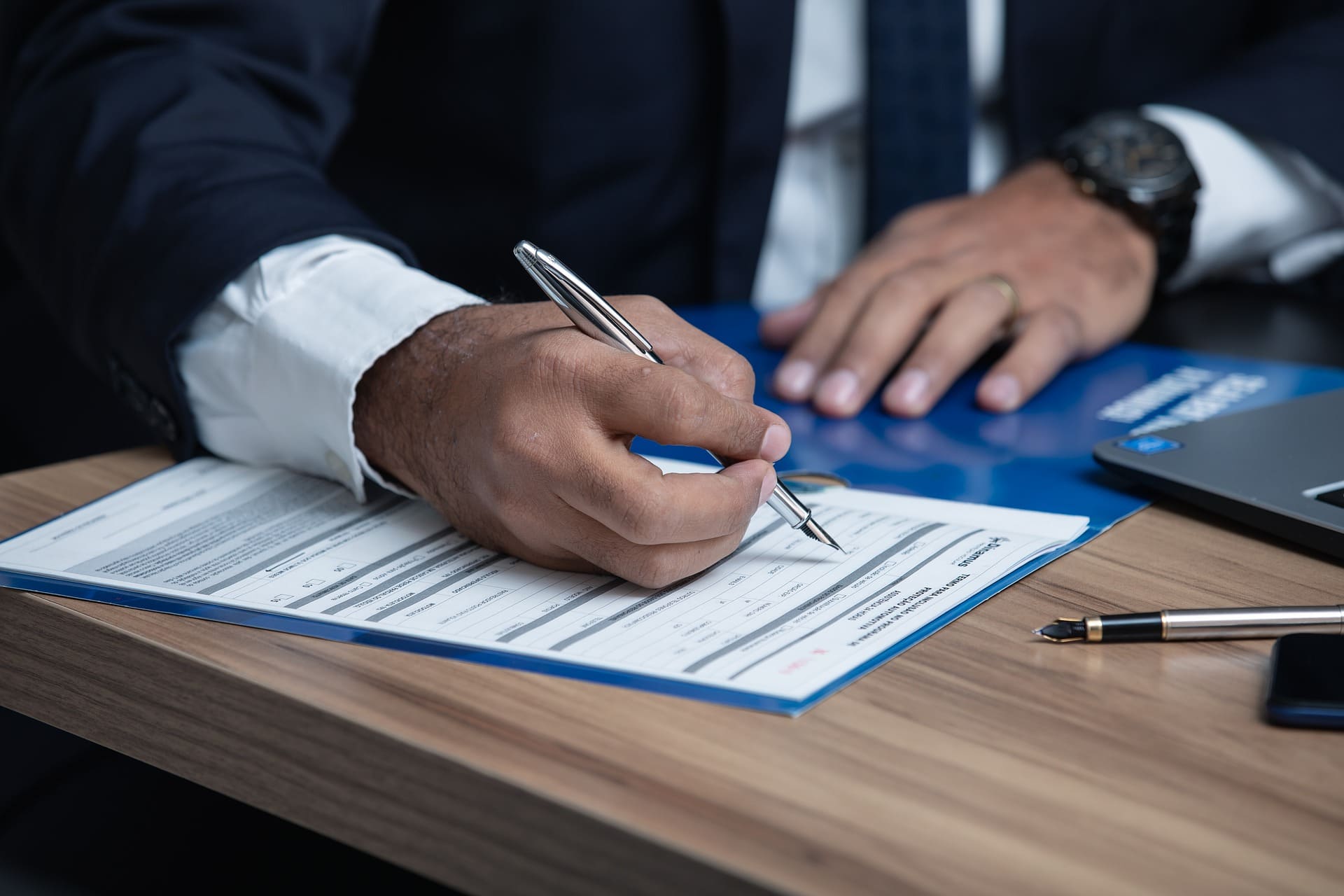 Claiming for injuries arising out of road traffic accidents is often straightforward. This is because in most accidents it is quite clear who at fault. It follows that if you were not at fault for the accident then you can be compensated for any injuries you may have suffered.
Claiming for injuries arising out of road traffic accidents is often straightforward. This is because in most accidents it is quite clear who at fault. It follows that if you were not at fault for the accident then you can be compensated for any injuries you may have suffered.
Here is an example: You are driving along and you are approaching a roundabout, you slow down to a halt as there are already cars on the roundabout, when unfortunately a third party driver negligently collides with the rear of your vehicle and you sustain whiplash. You are not at fault for this accident and have been injured at the hands of another person, and you can therefore make a claim for compensation. The Defendant’s insurer knows this and this is what you have to look out for.
If you have been in such an accident it may be that the other side’s insurer gets in touch with you, knowing full well that you have a very successful claim for compensation, and try and settle your compensation claim directly with you. This is by no means illegal but it is important to note that if you agree any compensation with the Defendant’s insurers, in most cases, this will be in full and final settlement of your claim. So if later you realise you are still injured and feel that you should receive more compensation – tough! Your claim has settled and no more compensation can be obtained. Likewise, if you accept £400 compensation but are later advised that your claim was actually worth £2,000 you cannot go back and say you under-settled my claim, give me the difference. The process in which your claim is settled directly with the Defendant’s insurer is known as ‘third party capture’.
Read More

 If you have been involved in a
If you have been involved in a  One of the questions that sometimes crops up here at
One of the questions that sometimes crops up here at  At
At  One of the most common sorts of accidents that involve motorcycles and / or bicycles arise from drivers pulling out of side roads without checking that the road they are turning in to is fully clear!
One of the most common sorts of accidents that involve motorcycles and / or bicycles arise from drivers pulling out of side roads without checking that the road they are turning in to is fully clear! There’s a general rule when it comes to making
There’s a general rule when it comes to making  Claiming for injuries arising out of
Claiming for injuries arising out of 
 At
At  Making a
Making a  At
At 









